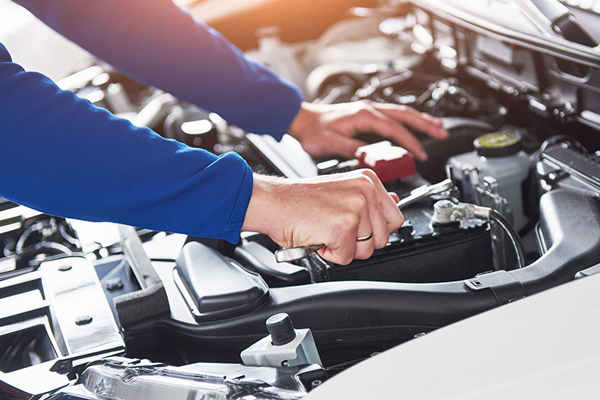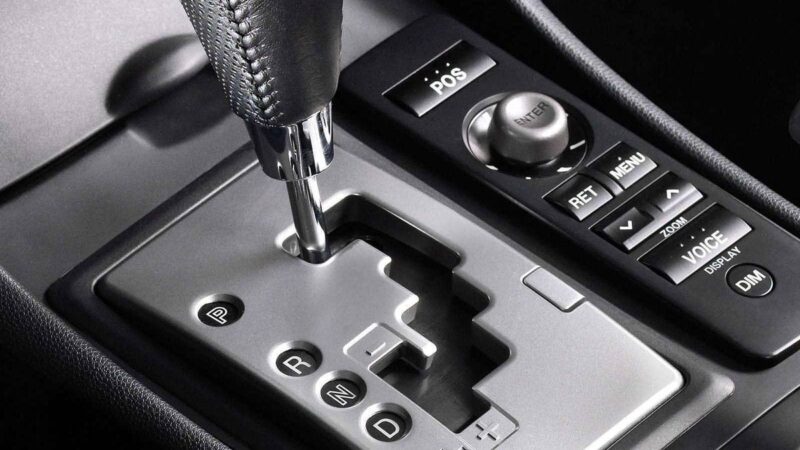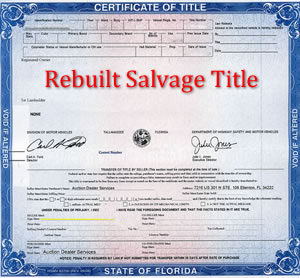Protecting Your Car from Corrosion: Combatting Sand, Dust, Rust, and Humidity
Corrosion is a serious concern for car owners, as it can lead to structural damage, aesthetic degradation, and costly repairs. The primary culprits of automotive corrosion include sand, dust, rust, and humidity. Understanding how these elements contribute to corrosion and implementing protective measures can significantly extend the life of your vehicle. Here’s a comprehensive guide on how to protect your car from corrosion.
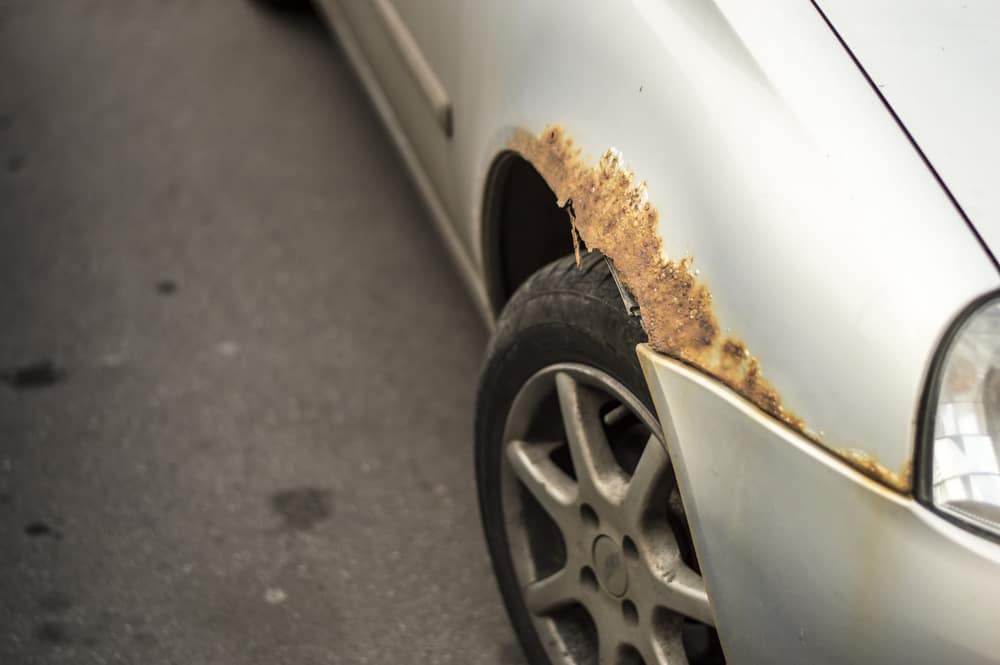
1. Understanding Corrosion and Its Causes
Corrosion is a chemical reaction that occurs when metal surfaces react with environmental elements, leading to the deterioration of the metal. For cars, this usually manifests as rust, which can spread quickly if not addressed. The key factors that contribute to corrosion include:
- Sand and Dust: While not directly causing rust, sand and dust can scratch your car’s paint, exposing the metal underneath to moisture and oxygen, which leads to rust. Additionally, dust can hold moisture against the metal surface, promoting corrosion over time.
- Humidity: High humidity levels accelerate the rusting process by providing the moisture necessary for the oxidation of metal. Humid environments, especially in coastal areas, can be particularly harsh on vehicles.
- Salt: Often used on roads during winter, salt accelerates the rusting process by lowering the freezing point of water, which increases the presence of liquid water on the road surface. This water, combined with salt, can quickly corrode metal surfaces.
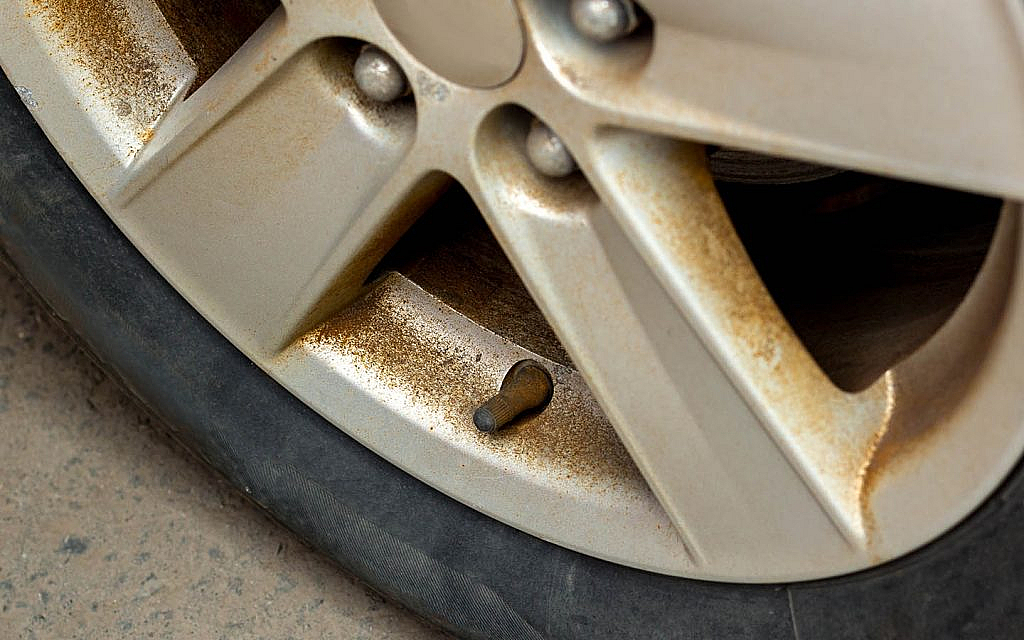
2. Preventing Corrosion from Sand and Dust
Sand and dust can act as abrasives, wearing down your car’s protective layers and exposing the metal underneath. Here’s how to protect your vehicle:

- Regular Cleaning: Wash your car frequently to remove sand and dust. Pay special attention to areas where sand tends to accumulate, such as wheel wells and undercarriages. Use a high-quality car shampoo that won’t strip away protective wax layers.
- Wax and Sealant Application: After washing, apply a wax or paint sealant. These products create a barrier between your car’s paint and the environment, making it harder for sand and dust to scratch the surface and reach the metal.
- Protective Coatings: Consider applying a ceramic coating or other advanced protective treatments to your car’s exterior. These coatings provide a durable, long-lasting shield against environmental contaminants, including sand and dust.
- Car Covers: Use a car cover if your vehicle is parked outside, especially in areas prone to dust storms or sandy environments. Choose a cover that is breathable and water-resistant to prevent moisture from getting trapped underneath.

3. Combating Rust Formation
Rust is one of the most common and destructive forms of corrosion. It occurs when metal reacts with moisture and oxygen, forming iron oxide (rust). Here are strategies to prevent rust:
- Rustproofing Treatments: Consider professional rustproofing treatments, which involve applying a protective coating to your car’s undercarriage and other vulnerable areas. These treatments can prevent moisture and salt from reaching the metal surfaces.
- Prompt Repair of Paint Chips: Even small chips and scratches can expose metal to the elements. Repair any paint damage as soon as possible to prevent rust from starting.
- Undercoating: Apply an undercoating to your car’s underbody to protect it from road salt, moisture, and debris. This thick, rubberized coating acts as a barrier, preventing these elements from reaching the metal.
- Regular Inspections: Regularly inspect your car, especially in areas prone to rust, such as the wheel wells, door sills, and undercarriage. Early detection of rust allows for timely treatment before it spreads.
4. Managing Humidity to Prevent Corrosion
Humidity is a major factor in the rusting process, particularly in tropical or coastal regions where moisture levels are high.
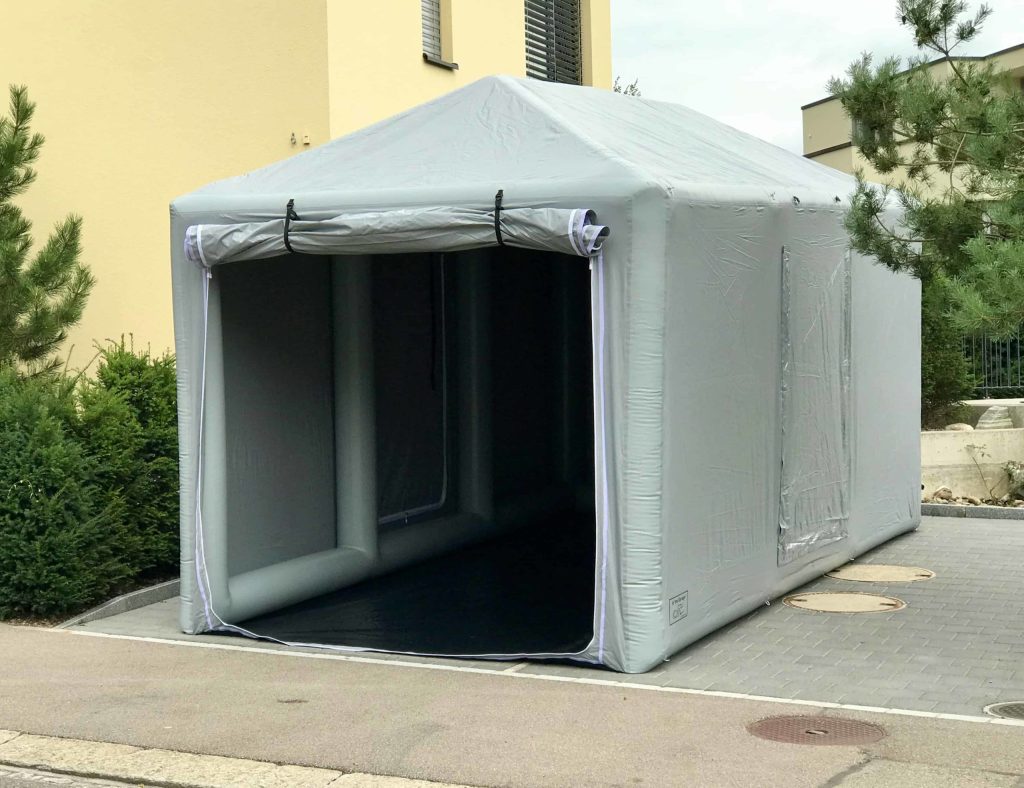
- Garaging: Whenever possible, park your car in a garage to shield it from the humid outdoor air. A dehumidifier in the garage can further reduce moisture levels, creating a dry environment that’s less conducive to rust.
- Ventilation: Ensure your car is well-ventilated, especially if it’s parked for long periods. Crack the windows slightly to allow air circulation, which helps to reduce the buildup of moisture inside the vehicle.
- Silica Gel Packs: Place silica gel packs in your car to absorb excess moisture. These can be particularly effective in the trunk and under seats, where moisture tends to accumulate.
- Air Conditioning: Run your car’s air conditioning periodically, even in winter, to help dehumidify the interior. The AC system removes moisture from the air inside your vehicle, reducing the chance of rust forming in hard-to-reach areas.
5. Special Considerations for Coastal and Winter Environments
- Coastal Areas: Salt in the air is a constant threat to vehicles in coastal regions. Frequent washing and applying protective coatings are crucial. Pay extra attention to the undercarriage, where salt can accumulate and cause rust.
- Winter Environments: In areas where roads are salted during winter, wash your car regularly, including the undercarriage, to remove salt. Consider rustproofing your car before the winter season begins.
Conclusion
Protecting your car from corrosion involves a proactive approach to combating sand, dust, rust, and humidity. Regular maintenance, including washing, waxing, and rustproofing, combined with vigilant monitoring for early signs of rust, can significantly extend the lifespan of your vehicle. By taking these preventive measures, you can ensure that your car remains in excellent condition, free from the damaging effects of corrosion.
Resources
https://bigsmobile.com/blog/how-to-stop-rust-from-spreading-on-a-car/
https://www.rac.co.uk/drive/advice/how-to/car-rust-guide-how-to-remove-and-prevent-it


